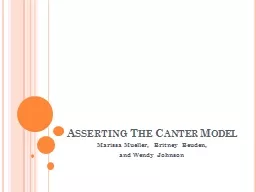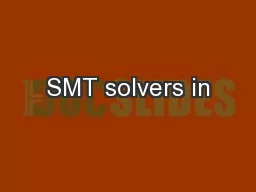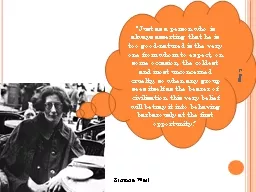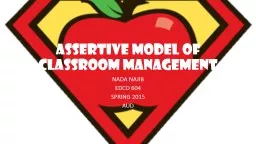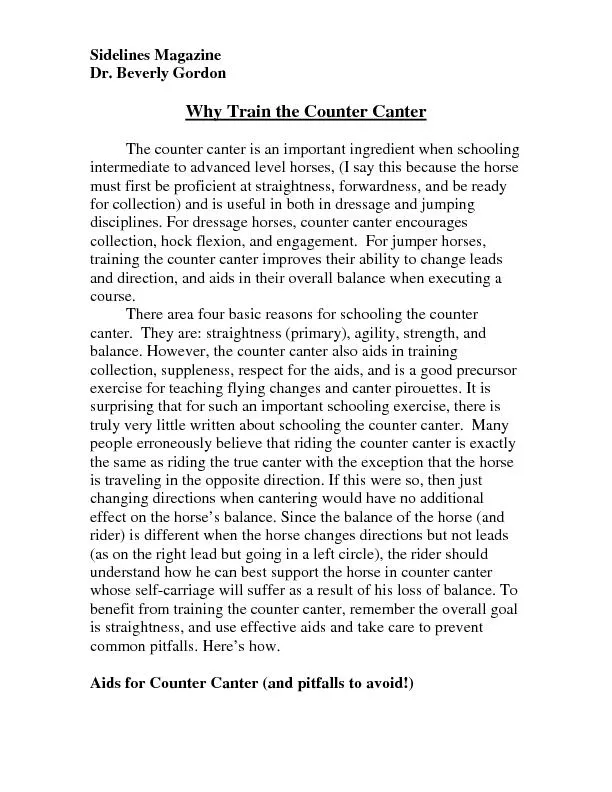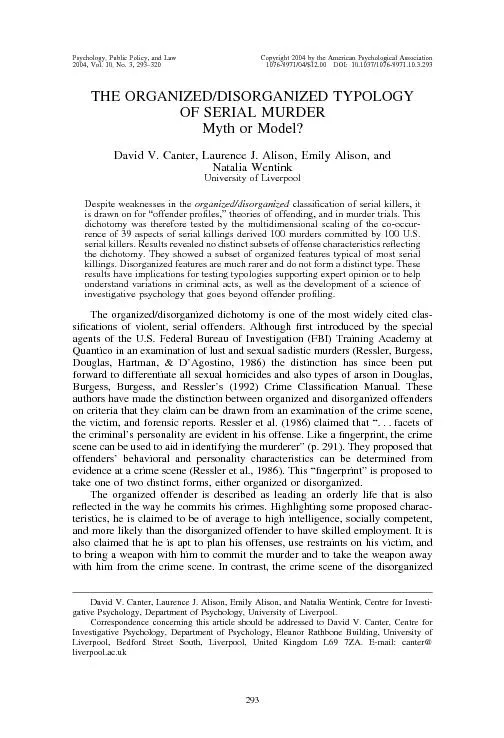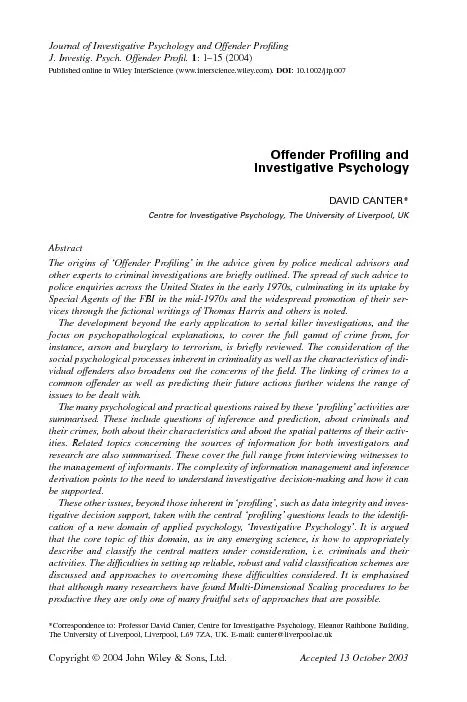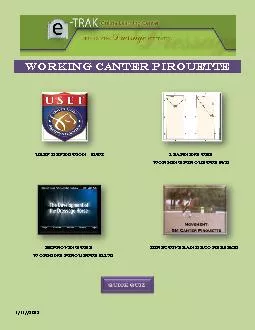PPT-Asserting The Canter Model
Author : giovanna-bartolotta | Published Date : 2015-11-03
Marissa Mueller Britney Beuden and Wendy Johnson Directions Connect all three students to all three houses you will have nine lines and they do not have to be
Presentation Embed Code
Download Presentation
Download Presentation The PPT/PDF document "Asserting The Canter Model" is the property of its rightful owner. Permission is granted to download and print the materials on this website for personal, non-commercial use only, and to display it on your personal computer provided you do not modify the materials and that you retain all copyright notices contained in the materials. By downloading content from our website, you accept the terms of this agreement.
Asserting The Canter Model: Transcript
Download Rules Of Document
"Asserting The Canter Model"The content belongs to its owner. You may download and print it for personal use, without modification, and keep all copyright notices. By downloading, you agree to these terms.
Related Documents

